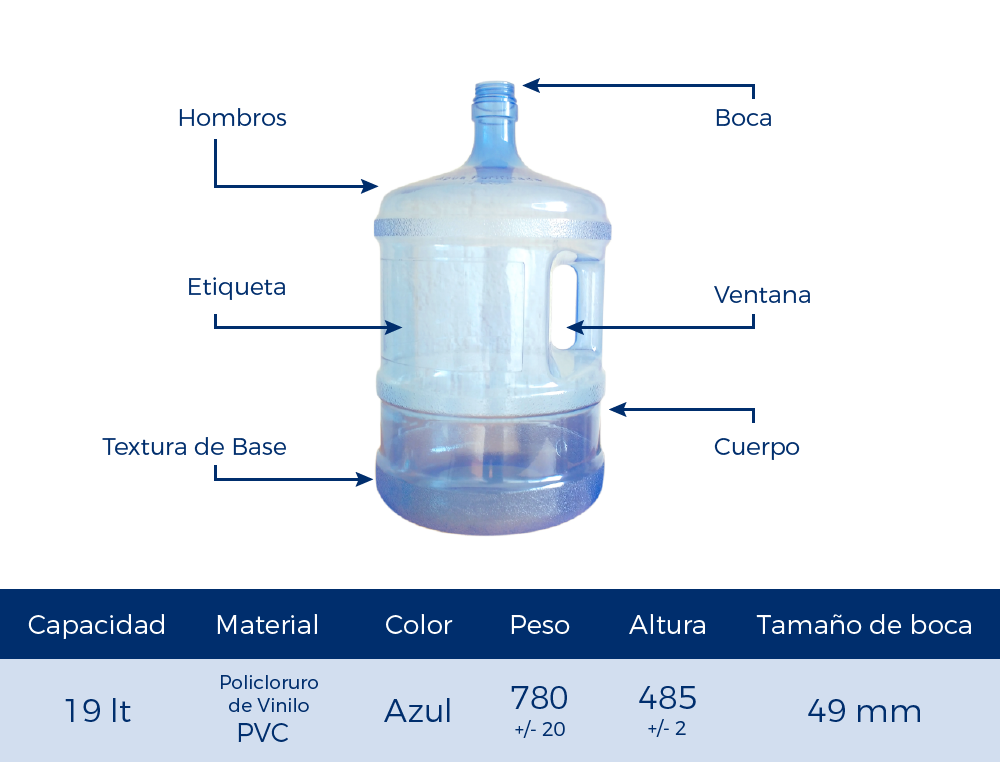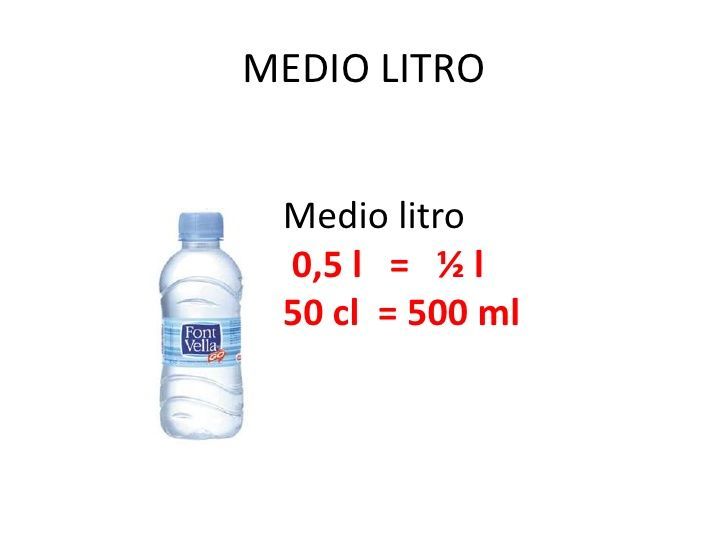Have you ever found yourself puzzled, staring at a container and wondering, "Just how much liquid does this hold?" Understanding liquid measurements, whether for cooking, scientific experiments, or simply knowing how much water to drink, is fundamental to daily life.
Let's begin with a common conversion: converting gallons to liters. The conversion factor from gallons to liters is 3.7854118. This means that 1 gallon is equivalent to 3.7854118 liters. Therefore, the equation is quite simple: 1 gallon = 3.7854118 liters.
To perform this conversion, we multiply the number of gallons by the conversion factor. So, for example, if you have 1 gallon, the calculation is: 1 gallon × 3.7854118 = 3.7854118 liters. This calculation provides a precise measurement, allowing for accurate comparisons and conversions.
Moving on to another common conversion, let's look at the relationship between liters and fluid ounces. The conversion factor from liters to fluid ounces is 33.814022558919. Consequently, 1 liter is equivalent to 33.814022558919 fluid ounces. So, 1 liter = 33.814022558919 fluid ounces.
To find out how many fluid ounces are in a given number of liters, we again apply multiplication. If you have 1 liter, you'll multiply it by the conversion factor: 1 liter × 33.814022558919 = 33.814022558919 fluid ounces.
When purchasing new containers, it's always wise to measure their capacity to determine the precise volume. This will help avoid any confusion in the future. By knowing the exact measurement, you can be confident in the quantity you are pouring or measuring.
The accurate measurement of liquid volumes allows you to understand how much water a particular container, such as a water jug, holds. Therefore, you can keep track of your water consumption or use the water in other useful ways.
Several factors can influence the actual capacity of a water jug. Manufacturing tolerances and the material of the container can cause slight variations in the volume. The accuracy of the measurement markings on the container is another factor to keep in mind. These small details may affect the precise volume.
The conversion of a liquid's volume to its mass involves understanding the substance's density. For example, to convert a quantity of a substance from volume to its corresponding mass, the formula is: Mass = Density × Volume. Consider the example of converting 2 liters to milliliters. You can perform the conversion this way: Value in milliliters = 2 × 1000 = 2000 milliliters.
Using these conversion principles, we can quickly answer questions like: How many milliliters are in a liter? What is the equivalent of 1 liter? How many ml are in 1 L?
Let us consider another fun example: how to estimate the number of drops in a liter. We can estimate this by considering the average number of drops in a specific volume. When we multiply the result by four, we can estimate the number of drops within a liter. Our estimate is around 4,000 drops. Due to the variability in drop size, the precise count of the number of drops in a liter is nearly impossible.
One liter can also be understood in terms of more common measurements. A common rule of thumb is that one liter is equivalent to four glasses of water. But it's important to consider that the size of a glass is not standardized and may vary. However, we can assume that a standard glass holds about 8 fluid ounces, and since there are 32 fluid ounces in a liter, four of these glasses of water will equal approximately one liter.
Similarly, let's consider converting a liter of water into kilograms. We employ the same formula: Mass = Density × Volume. We can determine the mass in kilograms given a volume measured in liters. The conversion is simplified because the density of water is approximately 1 kilogram per liter.
Now, how many grams of water are in 1 liter? You can use a calculator to convert 1 liter of water into grams. As with all the conversions, the conversion is simple, because the density of water is approximately 1 gram per milliliter. So, in 1 liter (which is 1000 ml), there are approximately 1000 grams of water.
What volume does a liter of water occupy? In addition to mass, which is the amount of matter, objects occupy space and have volume. The volume of an object represents the amount of space its matter occupies.
The weight of water in common containers is easily estimated. A glass of water (250 ml) weighs approximately 250 grams. A standard water bottle of 500 ml weighs 500 grams. A cube holding 10 liters of water will weigh close to 10 kg.
How does the weight of water compare to other liquids? Water has a density of 1 g/cm, while other liquids can have different densities. For example, some liquids are less dense than water, and some are more dense.
A liter of water has a mass of almost exactly one kilogram when measured at its maximum density, which occurs at approximately 4C. One milliliter (1 ml) of water has a mass of approximately 1 g. Thus, 1000 liters of water have a mass of about 1000 kg (1 metric ton).
Now, how many pounds are in one liter? In one liter of water, there are approximately 2.20 pounds. Let us break this down. Water, specifically, has a density of 1 kg/l. This is a key to the calculation.
When it comes to the weight of 1 liter of water, it's important to consider how this can be measured in different units. In the metric system, 1 liter of water weighs exactly 1 kilogram. This convenient conversion facilitates calculating the weight of water in recipes or scientific experiments.
Now, what about converting liters to other volumes? If you want to convert 2 liters to glasses, you can use the following formula: Value in glasses = 2 × 5 = 10 glasses. With this conversion, you will have answers to many questions, including how many glasses are in a liter, what is the equivalent of 1 liter, how many glasses in 1 L, and what does 1 liter measure in glasses?
Considering water's consumption, we can convert water consumption. For example, if you want to convert 2 glasses of water to liters, then you can perform the conversion this way: Value in liters = 2 × 1 / 5 = 0.4 liters.
Now we can answer the following questions: how many liters are in a glass of water, what is the equivalent of 1 glass of water, how many liters are in 1 glass of water, etc.
It is crucial to note that 1 liter of water weighs about 1 kg due to its density of 1 gram per milliliter or 1 kilogram per liter. However, this relationship may vary slightly depending on temperature and pressure.
When you need to input a mixed number such as 1 1/2, be sure to include a space between the whole number and the fraction. Also, remember that the accuracy of the numerical result depends on the number of significant figures you choose to use. And finally, keep in mind that if the result shows one or more fractions, the colors may change. These fractions will be displayed in colors depending on the result.


